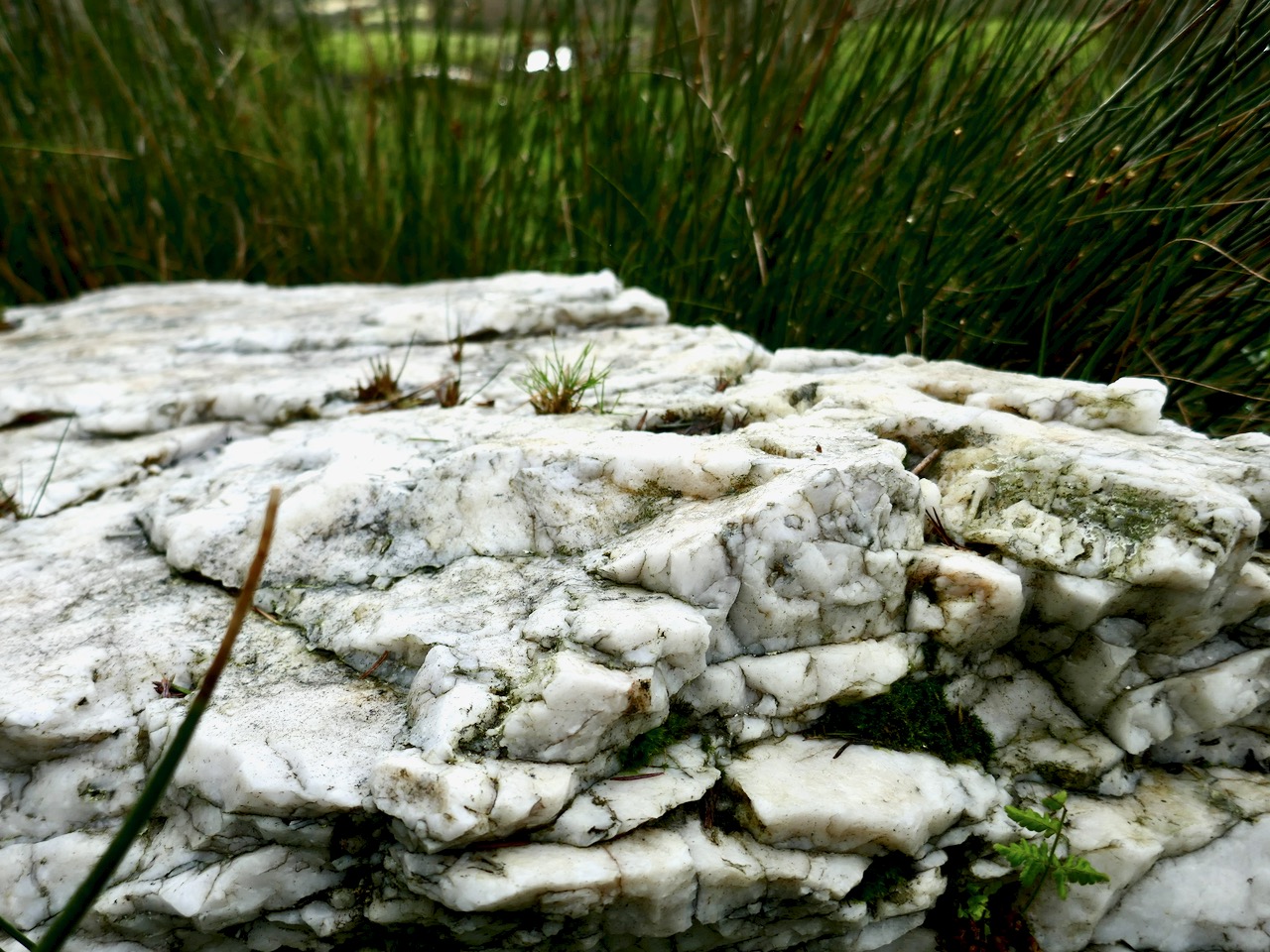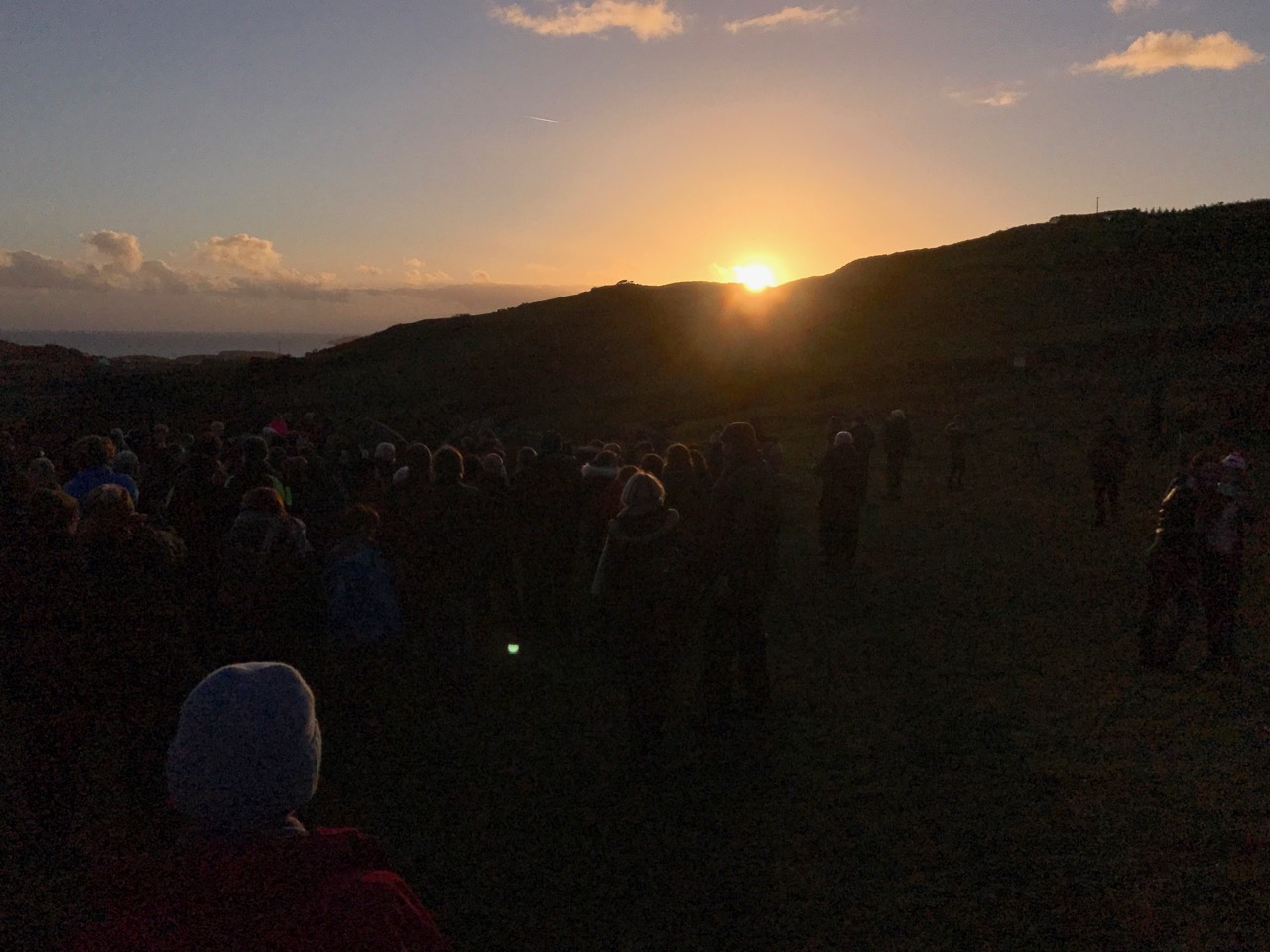
This has been a banner year for Roaringwater Journal – we passed the milestone of a million views and had our most viewed post ever (see below). Most of all, though, it’s been a year in which we feel privileged to have been able to keep bringing you our weekly blog in the teeth of this global pandemic. We won’t lie, there have been moments when it all seemed too hard, weeks when we couldn’t do the sort of travelling around and photographing that are so essential to our research, and days when the sense of underlying dread and distraction made it hard to concentrate on writing. Through it all, you kept us going, cheering and encouraging us with your likes, your views and your comments. So a huge THANK YOU to you, our dear readers! We hope that our little efforts have provided to you, in turn, some notes of sunshine in the dark – like our view, above, from Nead an Iolair, taken just before we hit Publish. Herewith, keeping with the tradition of our usual year-end round up, your (and our!) favourite posts of 2020.
Finola’s Favourites
That most-viewed post of all time? Of course it was Beautiful West Cork in Picture and Song. Colum Cronin’s song – and that voice! – paired with the incredible West Cork Scenery. A perfect fit. Here it is again, in case you missed it first time around, or just to enjoy it once more.
Amazingly, our second most popular post this year was a recipe! We all got into baking during lockdown, and Roaringwater Journal was no exception. The main attraction with this Savoury Soda Bread is how easy it is – in ten minutes you can have bread in the oven filling your house with the aroma of virtue. It’s also a great base recipe which can be varied to make it more like a tea-time treat to serve with jam.

I’ve been wanting for a long time to do a proper treatment of the prehistoric Stone Circles that dot our West Cork landscape. When you write about archaeology there is no substitute for on-the-ground observation. Only by spending time at each monument do you become more alive to their presence in the landscape, their orientations, their similarities and differences. Travel restrictions this year made field trips more challenging and there are still a few on my list to see, but most of the ones we saw are so isolated and in such spectacular settings that it was a joy to plan and write this series. That’s Glanbrack Stone circle below, with a pair of stone outliers (taken in a big hurry as a slurry tank was heading into the field). You can start with The Stone Circles of West Cork: An Introduction (written in 2019), and move one to Multiple Stone Circles, Five-Stone Circles and finally the Discussion.

Readers will know my stained glass obsessions and this year I devoted three posts to a group of mid-century artists and craftspeople producing unique and accomplished windows under the name Murphy Devitt Studios (links to all three parts on this page). I confined myself to their Cork windows and a marvellous journey of discovery it was to see how a young and energetic group set out to test how the ancient traditions of stained glass could be influenced by modern movements in art and design.

Finally, a post about a place that totally captured me – Monaincha, The Isle of the Living, in Co Tipperary. This is a site that takes a little effort to find and get to, but once you’ve been, you might agree with my opening statement that There are places on this island that seep into your soul. You come away with a sense of having visited another world, of having passed through a portal and been lucky enough to come back to tell the tale.

It’s been hard to limit myself to five (and as you can see I did cheat a bit) and indeed I could as easily have chosen others. Over to Robert now.
Robert’s Favourites

As Finola has set out, we are each reviewing favourite posts of this year: 2020. It has been a year unlike any other for both of us – and for everyone else, of course. At times we have been very limited as to where we can travel – no more than 5km from home for weeks at a time, for example. It’s not surprising, therefore, that our immediate environs have come into close focus for us. In one of my posts – from 26 January this year (and before Covid) – our own Rossbrin Cove was my subject, and I saw it partly through the eyes of others, including some local artists. The photo above was taken by our friend and neighbour Julian van Hasselt in 2010 – that’s a year before we arrived. It’s more or less our own view of Rossbrin’s medieval castle. Our winters so far haven’t been so ‘Christmassy’, but – who knows – there may be something waiting for us around the corner. . . The following photo, also from this post, was taken in January this year and shows how contrasting our weather patterns can be.

This beautifully atmospheric view of Rossbrin castle also includes another castle across the water in the distance: that’s the one that gives Castle Island its name. One of the highlights of the year for me was a visit to that island, courtesy of another neighbour: thank you, Dietrich, for giving us a ride out there on your handsome classic fishing boat ‘Barracuda’ (and for bringing us back)! We look out to the island from Nead an Iolair, and it has always had a sense of mystery for us: it has a number of dwellings on it, all now deserted and in ruins (have a look at the picture below). My post Castle Island Explored – Part 1 tells of our exploration but also sets out a little of the history of the place. Since our visit I have discovered more about the island and its story, and I really will get on with the long overdue second instalment in 2021 – that’s a promise!


In March this year, our lives changed: the pandemic was upon us, and I realised that one of my favourite pastimes – playing in the live music sessions in the Ballydehob pubs every Friday evening throughout the year – would not be happening for a while. To compensate, I started a new blog giving our musicians the opportunity to put up recordings of tunes and sings online to try and keep up our spirits as Covid progressed. ‘A while’ became a very long time and, in fact, music sessions have been out of the question ever since. The way things are looking as I write, it’s unlikely that they will start again until well into the coming year. I introduced the Swantonstown Sessions blog with a Roaringwater Journal post. Why ‘Swantonstown’? Because Ballydehob carried that name for a time in its history: many Swantons once lived here, and some still do today. As a musical interlude for this post, here’s me playing a tune by Turlough O’Carolan which I recorded for Swantonstown Sessions on my anglo concertina – Planxty Maggie Brown:

This year I discovered – and wrote about – signal towers in Ireland built at the time of the threat of a Napoleonic invasion in the very early years of the nineteenth century. One post turned into a series of seven posts, as – in spite of travel restrictions – we were able to explore most of the sites of these structures in County Cork, including the restored example at The Old Head of Kinsale (above). All the others are impressive but gaunt ruins dotted around the coastline, each one in sight of two further ones, and signals were passed between them using flags and – sometimes – beacons. If I had opened the series to include the whole Irish coastline there could have been 81 posts! That many were built in a period of just a few years. I called the series A Signal Success in Irish Engineering: you will find them all by following that link. Here’s a picturesque rendering by our friend, Peter Clarke, of the very vestigial tower remains at Ballyroon Mountain on the Sheep’s Head:


Another project which I started towards the end of the year is the exploration of our major West Cork river – the Ilen. That’s Ballyhilty Bridge, above. My series – Sweet Ilen – will continue into next year. There have been three posts to date: here is the most recent – Sweet Ilen Part 3. At the end of that one you will find links to the other two. It’s a magnificent waterway, rising in the summit of Mullagmesha Mountain and taking a lazy, winding course down to meet the Atlantic at Baltimore. I’m really looking forward to getting to that mountain source, when circumstances permit – and to the mouth. In the meantime there is plenty to to keep you busy in these posts, and all the others I have mentioned above. Enjoy your own celebrations and I hope the new year will bring us all renewal. Here is Sweet Ilen close to its tidal limit at Skibbereen:

























































































